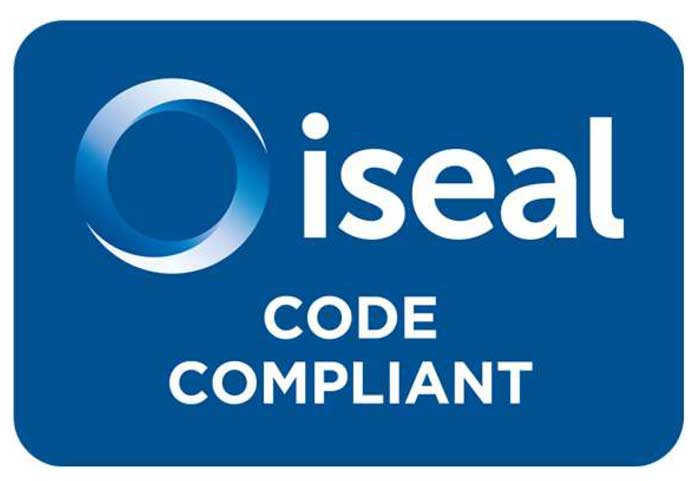Critical minerals and Indigenous Peoples: a just transition?
Climate, nature and human rights issues are colliding in the energy transitions efforts that are underway. A workshop hosted this month by Griffith University in Brisbane, Australia brought together a curated group of 35 First Nations, industry, government, academia and initiative representatives under Chatham House rules to discuss the challenges and imperatives for a just transition.
25 August 2023
The workshop opened with a call to ‘unsettle settled ideas’. For example, that a ‘global energy transition is underway’: when in fact that transition is not really global, but highly uneven in its impacts and benefits. And that ‘more mining will be needed’: when if coal is no longer mined in future, this would in fact represent less mining overall. One thing seems clear, however: there will be more mining in some places, primarily Indigenous Peoples’ lands. [Read more about this in the news post: Research reveals ‘clean energy’ minerals overlap with Indigenous lands]
The concept of ‘critical minerals’ is now mainly used to refer to minerals and metals destined for EVs, but it began as a concept for national supply security. Projected metal demands to 2050 anticipate rapid growth in resource extraction needs. Governments are developing strategies and support to ‘fast track’ projects, particularly in OECD countries. Renewable energy infrastructure, such as solar and wind, will be needed to support decarbonisation of this growth in mining and mineral processing in remote locations. These renewable energy projects may additionally affect 42% of Indigenous Peoples’ land areas. [Read more about this in the news post: ASI / IPAF work with Protect Sápmi Foundation, Norway: Supporting broad dissemination of Indigenous-led participatory and cumulative impact assessment (IPCIA)].
First Nations people want their voices included in environment, social and governance dimensions of these strategies. Their historical exclusion from decision-making and long-lasting benefit make this even more urgent when the mining narrative is increasingly positioning its activities for a global benefit. The aspiration of a Just Transition should have us asking: what kinds of justice? And for who? A human rights centred answer to these questions would recognise the need for justice that is procedural, distributional and restorative for Indigenous Peoples.
Powerful stories were shared in the workshop regarding experiences, impacts and aspirations of First Nations peoples. There is a longstanding lack of connection between traditional and corporate/government knowledge, and a lack of respect for Indigenous culture, values and decision-making processes. First Nations people express a deeply felt inter-generational responsibility for looking after traditional lands and territories (in Australia, ‘caring for Country’). Culturally, nature and people are connected through this responsibility. Indigenous communities may or may not want to see mining on their lands, but in all cases want to see engagement processes being appropriately resourced, their own knowledge taken into account, and the principles and practices of Free Prior Informed Consent (FPIC) genuinely implemented.
The urgency of the climate crisis is shortening time scales. Whether it’s a 7 year lithium brine project or a 150 year vanadium hard rock mining project, First Nations peoples will remain connected to those lands at closure. But there are almost no good examples of successful mine closure to date, even in a major mining country like Australia. If mining rates expand, ore grades are expected to fall, resulting in more mining and mineral processing waste per tonne of extracted resource. In Australia, an online atlas of mine tailings is being developed with Geoscience Australia that will be freely available. This is hoped to enable greater understanding of the potential for secondary processing of tailings, connecting to ASI’s fourth sustainability priority of circularity. It will also highlight the scale of the challenge of long-term (multi-generational) management of large volume wastes.
At the workshop, ASI shared its various engagement activities with Indigenous Peoples as rights-holders. This includes in ASI governance – through the Indigenous Peoples Advisory Forum (IPAF), on the Standards Committee (currently 4 out of 24 representatives), and as members in their own right. We recognise the specialist knowledge they bring to our work, and IPAF members have made valuable contributions to FPIC training for auditors and members. We also reciprocate with ASI training programs for Registered Specialists, and funding for Indigenous-led research projects. Grant funding has also enabled us to support a series of Indigenous-led workshops in bauxite regions in Australia, Guinea and Ghana.
ASI’s four sustainability priorities – climate, circularity, nature-positive and human rights – are deeply interconnected. Focusing on just one to the exclusion of others will not enable sustainability outcomes but will instead undermine them. These tensions lie at the heart of responsible production and sourcing, and are not easily resolvable. We must recognise these challenges together and work on them in good faith.
RELATED TOPICS:
SHARE THIS ARTICLE


